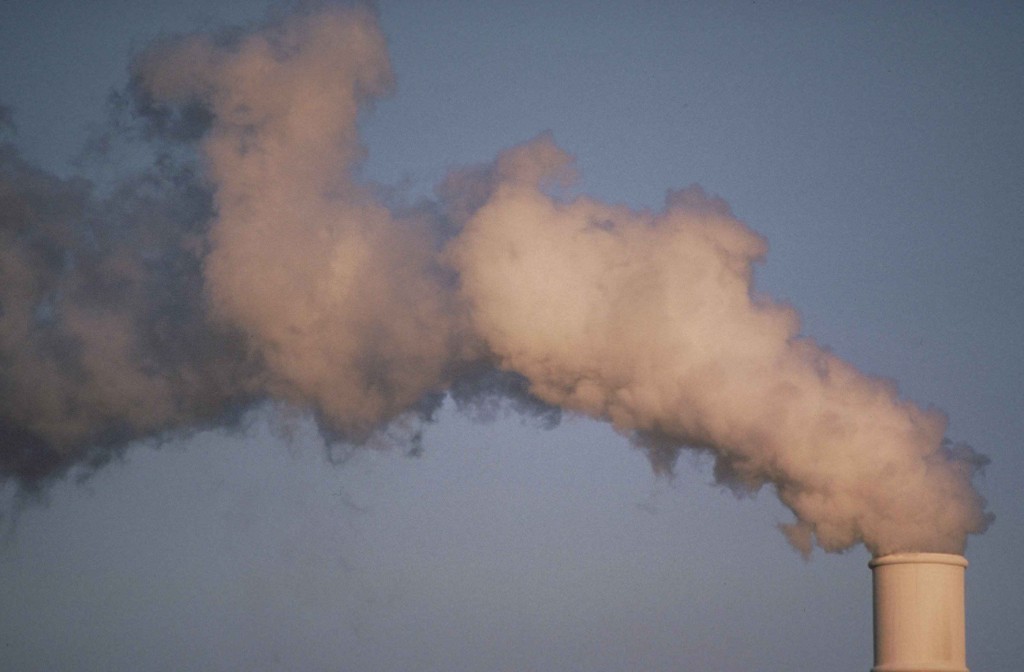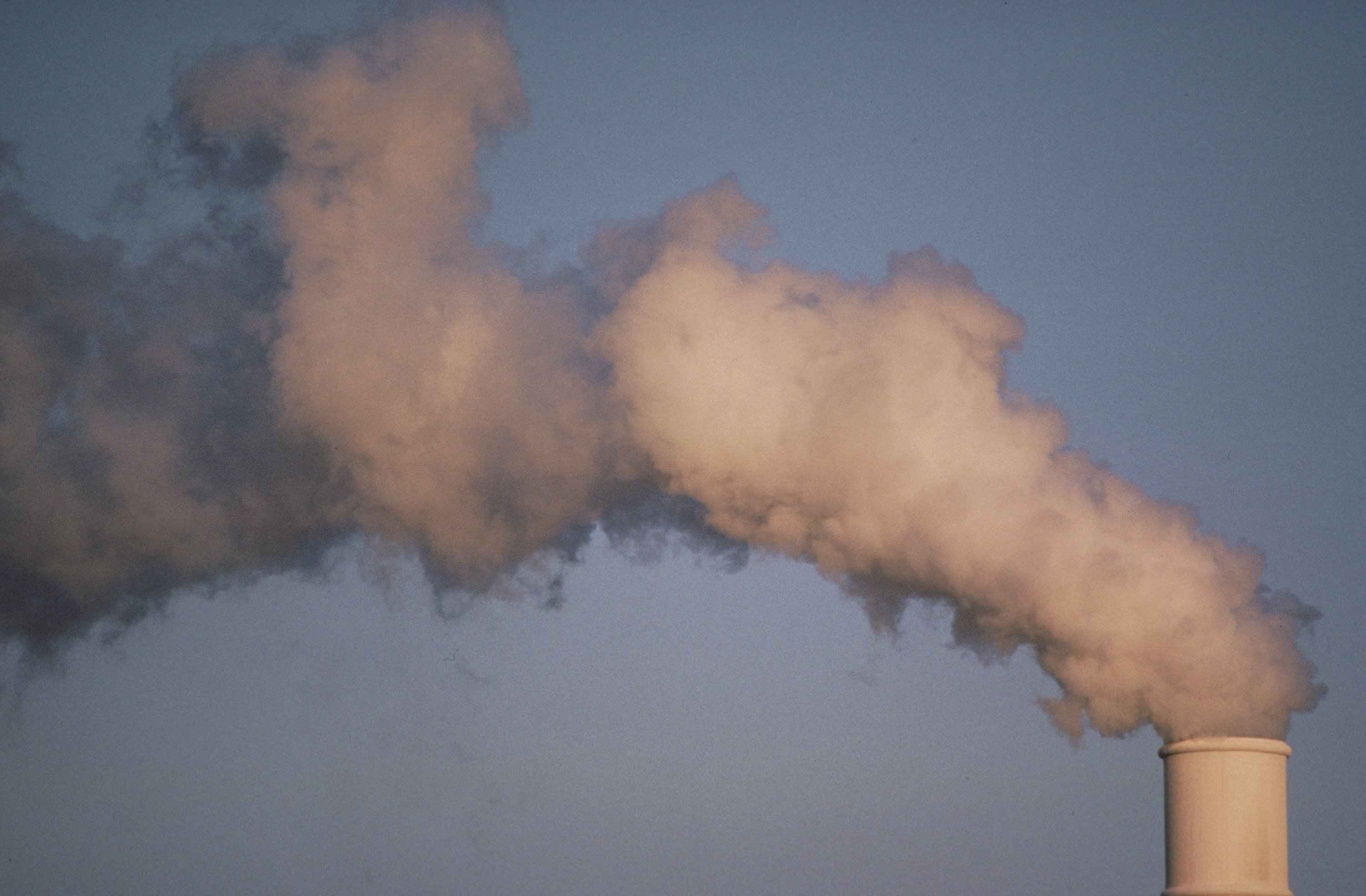By Megan Lambert (The Cascade) – Email

“You’ve got a beard,” panelist Michael Brauer quipped when a young man asked if he should be wearing a mask to protect him from air pollution while he rides along the Fraser Highway during Bike to Work Week. “All that air is going around it.”
Brauer, a professor at the UBC School of Population and Public Health, was one of six speakers at UFV’s greenSPEAK air quality forum on Monday, October 26 at the Abbotsford campus. About 65 people — mostly members of the community — came to hear local experts discuss the data trends and potential health hazards in the Fraser Valley airshed.
The common denominators in each 10-minute presentation were that ozone, greenhouse gas emissions, smoke from wood, and exhaust from motor vehicles are large contributors to air pollution in the Fraser Valley. Brauer presented data showing that proximity to air pollution is correlated with chronic diseases like heart failure and cancer — and that increased exposure to pollution can only elevate these risks.
“[Air pollution is] not the primary thing that’s impacting our health,” he said. “But what makes it important is that we’re all exposed to it.”
The amount of exposure can be determined by something as simple as how close you live to a major highway. Brauer explained that people living in a 50-metre proximity to a high-traffic road can increase their risk for major health problems — attributed to breathing more polluted air on a daily basis.
“Moving away is like quitting smoking,” he said, showing a graph where people who lived close to major highways for an extended period of time had significantly more health issues than people who lived elsewhere or who had moved back and forth.
He said that children living in proximity to busy roads also see health problems. Increases in low birth weight and pre-term birth, bronchiolitis, ear infections, and asthma in children who lived close to dense traffic were all attributable to increased exposure to air pollution.
Researching air pollution can be tricky; there are thousands of emissions and factors which vary in both region and season that influence air quality. The Fraser Valley Regional District (FVRD) has six stations that measure emissions and pollutants in the eastern region of the airshed. Carbon monoxide, ammonia, nitrogen oxide, sulphur oxide, particulate matter (dust, pollen, mould, organic compounds, metals, etc.), ozone, and diesel emissions are all prominent enough to be detected and measured in Fraser Valley air.
FVRD Environmental Policy Analyst Rebecca Abernethy explained that although some emissions are decreasing, the ozone, greenhouse gases, ammonia, and particulate matter found in the air have all been rising over the past 20 years.
She said despite the Fraser Valley’s natural collection of pollution from both Metro Vancouver in the west and the US Cascade mountain region in the south, it is still important for people in the Fraser Valley to help improve the air quality.
“It will make a difference if we reduce emissions here as well as across the airshed,” she said. “It goes in all directions.”
The Fraser Valley saw several air quality warnings this summer when forest fires from the Okanagan and Washington state area had thousands of hectares of wood smoke polluting the air.
Senior scientist Sarah Henderson from Environmental Health Services at the BC Centre for Disease Control presented some of her research concerning forest fires — noting that these seasonal flare-ups directly affect the health of residents in the province. She said that prescriptions for Ventalin, a blue puffer used to treat asthma symptoms, significantly increased during this period as smoke is aggravating for people with respiratory conditions.
The other speakers were Ken Shaw, a manager from the Fraser Health Authority, and Graeme Veale from the BC Ministry of Environment, who mainly spoke of policy management surrounding air quality.
A question period followed; other than some inquiries about garbage incinerators and farming practices, audience questions centred around what locals can do at home to avoid polluting the air.
The simplest advice was to refrain from burning candles and incense, or using air freshener to cover up odours.
“All you’re doing is putting chemicals into the air,” Brauer said.


